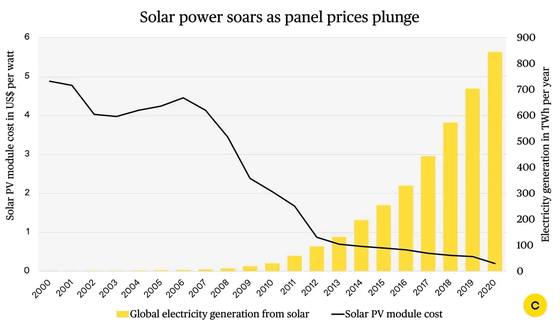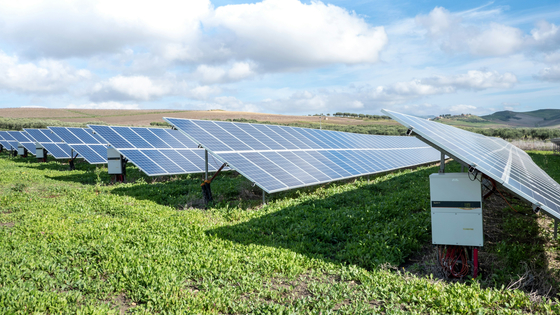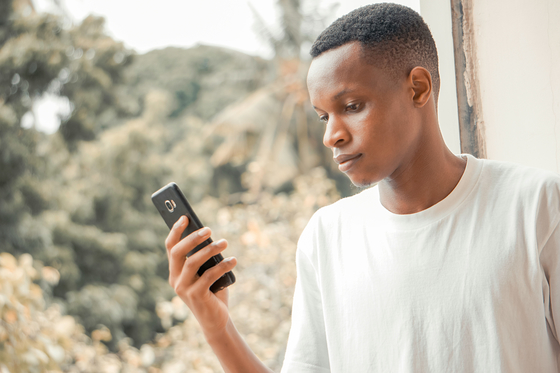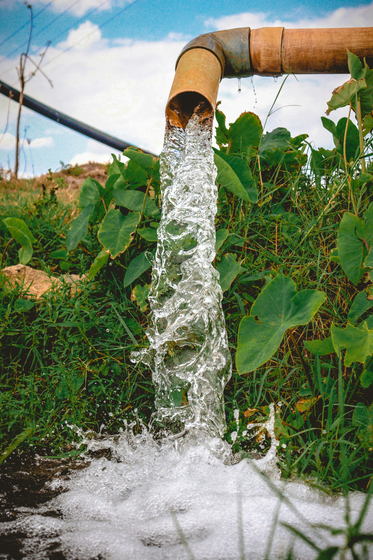Mobile money transfer system sparks solar power explosion in Africa

Why Solarpunk is already happening in Africa
https://climatedrift.substack.com/p/why-solarpunk-is-already-happening
Statistics show that 600 million people in Sub-Saharan Africa do not have reliable electricity, not because the technology or demand for electricity does not exist, but because 'extending the power grid to rural areas is economically unviable.'
The traditional grid development strategy is divided into four steps:
1: Build a centralized power plant
2: Laying hundreds of kilometers of power lines
3. Powering millions of homes
4: Collect the fee
This worked well in the United States in the 1930s for a variety of reasons: labor was cheap, materials were subsidized, etc. But in Africa, where farmers earning $600 a year and living four hours from the nearest paved road are looking for electricity, Climate Drift points out, traditional grid development strategies simply won't work.
In fact, laying a power grid to a rural household in Sub-Saharan Africa would cost between $266 and $2,000 (approximately 41,000 and 308,000 yen). Since the average rural household spends $10 to $20 per month on electricity, it would take 13 to 200 months to recover the costs of laying a power grid. As a result, 1.5 billion people in Africa spend up to 10% of their income on fuels such as kerosene and diesel.

Africa has seen a remarkable revolution in solar power generation systems. The graph below shows the price fluctuations of solar panels. The price per watt fell to $0.30 (about 46 yen) in 2020, a 99.5% decrease over the past 45 years.

Furthermore, the price of a home solar power generation system was $5,000 (about 770,000 yen) in 2008, a level that only wealthy people in urban areas in Kenya could afford. By 2025, it will be $120 to $1,200 (about 18,000 to 180,000 yen), which is a price range that even small farmers can afford.
The cost of batteries used in solar power generation has fallen by 90%, and the costs of inverters and LED light bulbs have also dropped dramatically. In addition, the expansion of Chinese companies into Africa has also led to a dramatic improvement in the logistics network in Africa.
These trends occurred between 2018 and 2020, and suddenly the economics of

Another factor that has contributed to the spread of solar power generation systems in Africa is the widespread use of person-to-person remittances via smartphones.
It all started with
The reason for M-PESA's success is its extremely low transfer fees. Because M-PESA's transaction costs are close to zero, even small transactions are economically viable. This led to the creation of a popular financing model in Africa: 'Pay-As-You-Go (PAYG).'

The introduction of PAYG established the following sales model for solar power systems. This allowed over 90% of customers to purchase their solar power systems over a 30-month period. Climate Drift points out that this sales model would not be possible without a remittance system like M-PESA.
1: The company installs a solar power generation system at the user's home
2: Down payment is about $100 (about 15,000 yen)
3: Then, for 24 to 30 months, it will cost between $40 and $65 per month (approximately $6,200 to $10,000).
4. The solar power system is equipped with a GSM chip that can call your home.
5: If payments stop, the solar system will be turned off remotely
6: Your solar system will last as long as you keep making payments
7. After 30 months, your solar system becomes yours and you can enjoy free electricity forever.
One startup that has played a major role in popularizing solar power generation systems in Africa with this sales model is Sun King. The company sold 23 million solar power generation-related products in 2023 and has 40 million customers in 42 countries. Products include solar lamps, batteries, and lighting.
Another company is SunCulture, which offers irrigation pumps that can be used with solar-powered systems, IoT-enabled remote monitoring systems, and PAYG financing systems. The introduction of SunCulture has reportedly increased crop yields by three to five times, and farmers' incomes have increased by $600 to $14,000 per acre (approximately ¥92,000 to ¥2.2 million). SunCulture provides services to over 40,000 farmers, with over 47,000 systems installed, giving it over 50% of the market for small farmers.
SunCulture irrigation pumps run on solar power instead of diesel, reducing carbon dioxide emissions by 2.9 tonnes per pump per year. With an estimated 47,000 SunCulture irrigation pumps in use, this translates to a reduction of 136,000 tonnes of carbon dioxide per year.

Then there are carbon credits . SunCulture is an African solar irrigation company that holds carbon credits, which can be sold for $15 to $30 per tonne of reduced carbon dioxide emissions. Climate Drift points out that carbon credits have transformed solar power systems into assets that generate regular income, rather than just electricity infrastructure.
Climate Drift points out that while the 20th century infrastructure model was 'centralized power generation,' 'government-led,' 'financed by megaprojects,' '30-year timelines,' and 'monopoly public utilities,' the 21st century infrastructure model has changed to 'decentralized, modular,' 'private-led,' 'pay-as-you-go financing,' 'rapid deployment in days or weeks,' and 'competitive markets.'
Related Posts:
in Note, Posted by logu_ii







